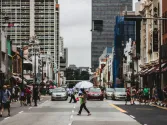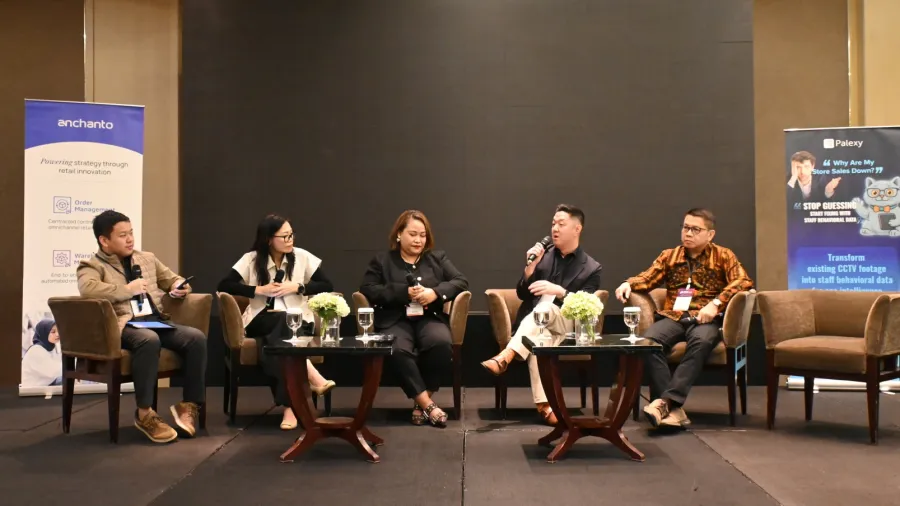
Indonesian retailers embrace digital signage to boost traffic
Lippo, Erajaya, and Kopi Kenangan use screens for promotions.
Retailers across Indonesia are turning to digital signage to support tenants, maximize space efficiency and drive foot traffic, whilst unlocking new revenue streams.
Lippo Mall, one of Indonesia’s biggest shopping center operators, has equipped its 69 malls with digital LED screens placed in high-traffic zones like entrances and corridors, Santiwati Basuki, chief marketing officer at Lippo Malls Indonesia, told the Retail Asia Summit – Indonesia.
These displays spotlight new tenants, promotions, and mall events—and are fully integrated with Lippo’s loyalty app Styles, which has more than 200,000 active members.
“Styles bridge our digital and physical worlds, letting users discover promotions, event updates, and store openings,” she said. “It provides visibility and digital support for our tenants while driving foot traffic to our malls.”
Erajaya Digital also uses digital signage across its multi-brand outlets to boost visibility and brand exposure.
“It’s also a monetization opportunity,” Mark Go, chief strategy officer at Erajaya Digital, told the summit. The company offers paid placement packages to brand partners, turning signage into a revenue stream.
At FreshMart, a leading supermarket in Sulawesi, digital signage is being developed to do more than display visuals. “We are also developing technology that allows these displays to update prices in real time, boosting both promotional effectiveness,” said Andy Sumual, president-director and CEO at FreshMart.
Kopi Kenangan, meanwhile, tackles the high cost of signage in Jakarta by negotiating with landlords.
“Signage is expensive, so we negotiate with landlords to get digital support when opening new stores,” said Ananditha Mayasari, AVP and Head of Marketing. The company also partners with platforms like GrabFood, GoFood, and ShopeeFood to co-fund digital campaigns.
Beyond tech, retailers are rethinking how space is designed and used. Lippo Mall is transforming older properties to match modern consumer behavior. The former Plaza Semanggi, now Lippo Mall Nusantara, is a prime example.
“Since 2020, we’ve focused on transforming legacy malls to stay relevant with changing lifestyles,” said Santiwati. “Many of our malls are already in prime locations, so revitalizing them is more cost-efficient than building from scratch.”
“We’re not just designing stores, we’re designing experiences,” she added.
Kopi Kenangan has also revamped its stores. “Our customers want space, style, and something to post, so we invest in wide seating areas and visually engaging environments that naturally generate user-generated content for us,” Ananditha said. “Bigger stores bring in bigger sales.”
“Size matters, but it depends,” Go said. “What’s important is making the experience feel personalized… Because in the end, there is no online or offline customer; there is only the customer.”


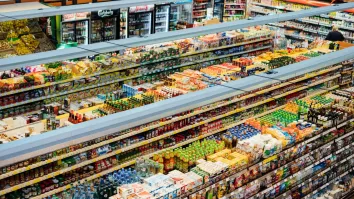



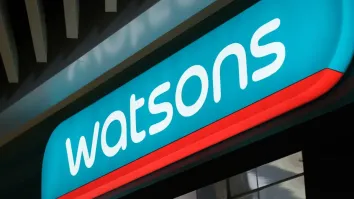



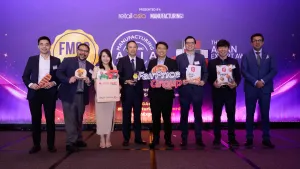





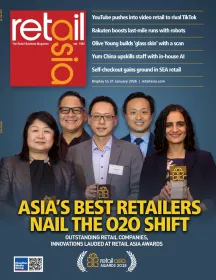
 Advertise
Advertise





